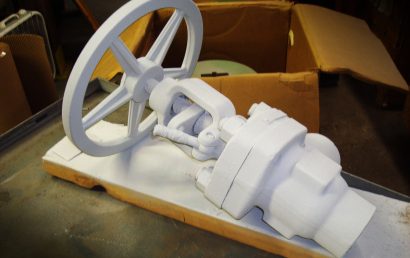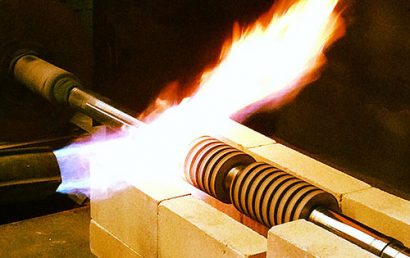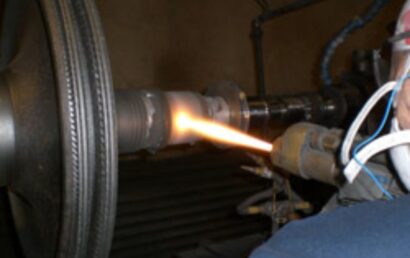What You Need To Know About Electrochemical Grinding
For the removal of a metal surface, the method of combining mechanical grinding with electrochemical action is referred to as electrochemical grinding (also referred to as ECG). What is the difference between conventional grinding and ECG?
Compared to EDM (conventional grinding) the faster of the two is ECG. On the other hand, it can tend to be less accurate. Another difference in the comparison of ECG to laser and waterjet machining is that water jet and laser can both process nonconductive materials.
A Closer Look at ECG (Electrochemical Grinding)
In comparison to electrochemical machining, electrochemical grinding is relatively similar. Basically, it is a combination of an electrochemical process and a grinding process used for metal removal. You may also hear it referred to as “anodic machining” or “electrolytic grinding”.
In the process, the part of a cathode is played by the grinding wheel, while the role of an anode is played by the workpiece. A number of electrolytes can be used in the process including sodium nitrate, sodium chlorate, sodium hydroxide, sodium carbonate, etc. A circular metal plate serves as the grinding wheel and consists of abrasive particles of diamond dust, aluminum oxide, boron carbide, and silicon carbide.
When, between the grinding wheel and the workpiece, electrolytic fluid is pumped, there is a reaction. This reaction, between the workpiece and the electrolytic fluid, serves to remove the majority of the metal. The grinding wheel’s abrasive material actually removes, from the work piece, under 5% of unwanted material. For those interested, the grinding wheel has a rotation speed that is maintained between a maximum of 2000 m/min and a minimum of 1200 m/min.
Why Use Electrochemical Grinding?
ECG offers several attractive process features including the following:
- Wide processing range and strong adaptability
- Good economy and small wear loss of grinding wheel
- Excellent processing quality
- High productivity
Electrolyte Selection
Affecting the processing quality and productivity of electrochemical grinding, one important factor is the electrolyte. The reason for this is that the anode electrochemical reaction is directly affected by the electrolyte. Causing no harm to the human body and providing the machine in question no cause to rust, are both important requirements of an electrolyte. Consider these five requirements when selecting an electrolyte. The electrolyte should…
- have a rich source, low price, and a good economic effect. It should not be easily consumed during processing.
- not be harmful to the human body.
- create no dust on fixtures and machines.
- in order to achieve high productivity, exhibit good conductivity.
- have good surface roughness and dimensional accuracy.
Electrochemical Grinding Equipment
Either a professional level electrochemical machine or, through the use of a lathe or conventional grinding machine, a modified machine can be used for electrochemical grinding. An adjustable voltage DC power supply is required for electrochemical grinding. Additionally, centrifugal pumps, devices for filtering, a device for forced air extraction or neutralization, tubes, nozzles, and more fit into the working process of electrochemical grinding and the equipment used.
Here at A&A Coatings, we are experts when it comes to thermal spray, machining, grinding, and more. We are familiar with the latest techniques, products, applications, and more. Our research and development department is constantly striving to improve our already high quality, high tech procedures, and services.
If you would like to find out more about ECG or discuss how thermal spray coatings can help improve your bottom line, talk to one of our knowledgeable representatives today.



